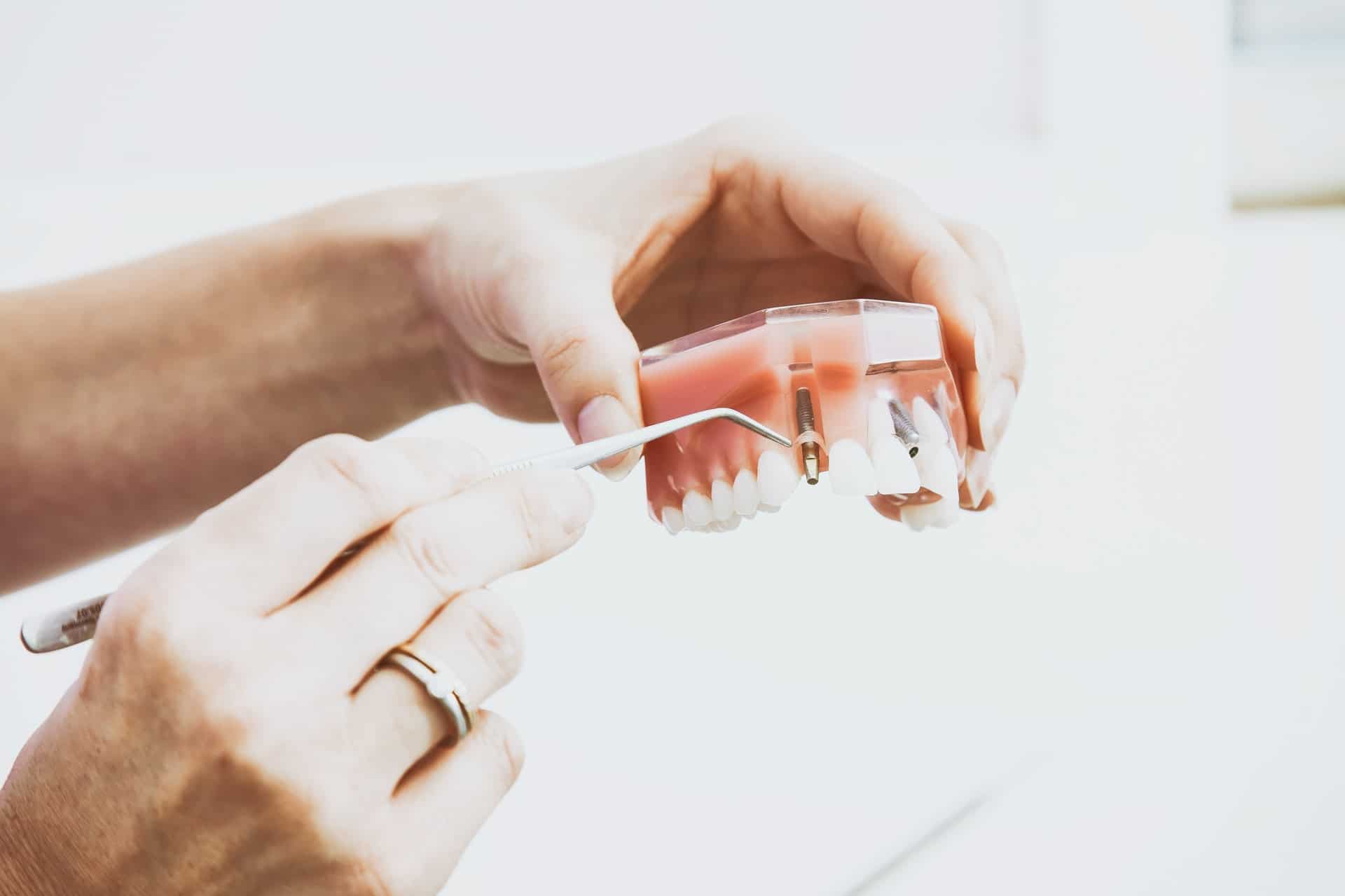When it comes to dental implants, there are four main types that are offered by dentists. They help treat patients with diseased, chipped, and missing teeth. The type of dental implants that you can get is determined by the dentist after conducting a thorough examination of your mouth and general health history.
What Is A Dental Implant?
Per New York Total Dental, “A dental implant consists of a titanium post and a ceramic crown on top. The post is inserted into the empty socket and extends into the jaw to become the root of the faux tooth. The crown on top mimics a natural tooth to support the surrounding teeth and provide adequate bite pressure and position“. In the simplest of words, a dental implant is a structure which is used as a replacement for the missing tooth. Implants are inserted into the jawbone by the dental surgeon using screw-like devices. They act as an anchor for the crown. The artificial tooth is custom-made to fit the individual perfectly and match the color of his or her teeth. Crowns function, feel, and look just like natural teeth. There are various benefits of implants over dentures as mentioned below.
● Do not need to be cleaned and taken out every night.
● Ensure decreased sensitivity in nearby teeth.
● Offer better maintenance of the bone.
● Boast a lower risk of cavities developing.
● Improve chewing capabilities so that one can enjoy eating their favorite food.
● Have a much higher success rate.
● Are more comfortable and natural.
Now, it is important to keep in mind that dental implants cannot be worn by everyone. The individual’s bone has to be healthy in order for the implanting device to be bonded with the jawbone.
Types of Dental Implants
1. Single-Stage Dental Implants
A long implant is placed when opting for single-stage dental implants. As the name suggests, the implants are applied through a straightforward procedure which means that you would not need to worry about an extensive procedure. As a longer implant is placed into the gum and jaw, it leads to the implant being exposed. This allows the dentist to go into the mouth once the mouth has healed and the abutment and restoration is in the right place.
2. Two-Stage Dental Implants
Surgery is required for two-stage dental implants. It allows the dental implants to be placed into the jaw bone. Once the mouth heals after a few months, another minor surgery would be performed and the implant would be exposed and the dental implant abutment and restoration or temporary crown would be attached.
3. Endosteal Implants
Endosteal implants are one of the most common types of dental implants. They are placed into the jaw bone and tend to be placed after the two-stage treatment option as mentioned above if desired. Endosteal implants are normally used in place of a denture or bridge. They are suitable for the majority of patients. However, it is crucial for one to have a healthy jawbone to fuse the post. They act as placeholder posts and are shaped just like screws. These are placed into the jaw in which the false teeth are fitted. After the procedure is complete, it would take a little time for it to heal. During this time, they would fuse together to create a stronghold. After they have healed, the false teeth would be placed to fit in with the other teeth. However, anyone who does not like the idea of something getting placed into their jawbone, endosteal implants are not for them.
4. Subperiosteal Dental Implants
Finally, subperiosteal dental implants are another type of dental implants which are placed into the jaw bone. Their metal post is exposed for holding the restoration. Subpersiosteal implants are a popular single-stage treatment for those of you who do not have time to visit the dentist many times. The dentist would thoroughly examine the mouth before determining if it is suitable for you or not. These dental implants are the main alternative to Endosteal implants. They rest on top of the bone instead of being fixed into the jawbone. The metal frame would be placed under the gum and a post would be attached to it. Then, the gum would start to heal around the frame and hold it in place. This procedure is only recommended when patients do not have enough jawbone for any implant to be placed.
Conclusion
Although you might prefer one type of dental implants over the other, it is crucial that you listen to your dentist’s advice and opt for the implants which the dentist recommends. There are many things that need to be considered when getting dental implants. Make sure to learn more about the different types of dental implants before making a final decision. It will help minimize any inconvenience in the future.











